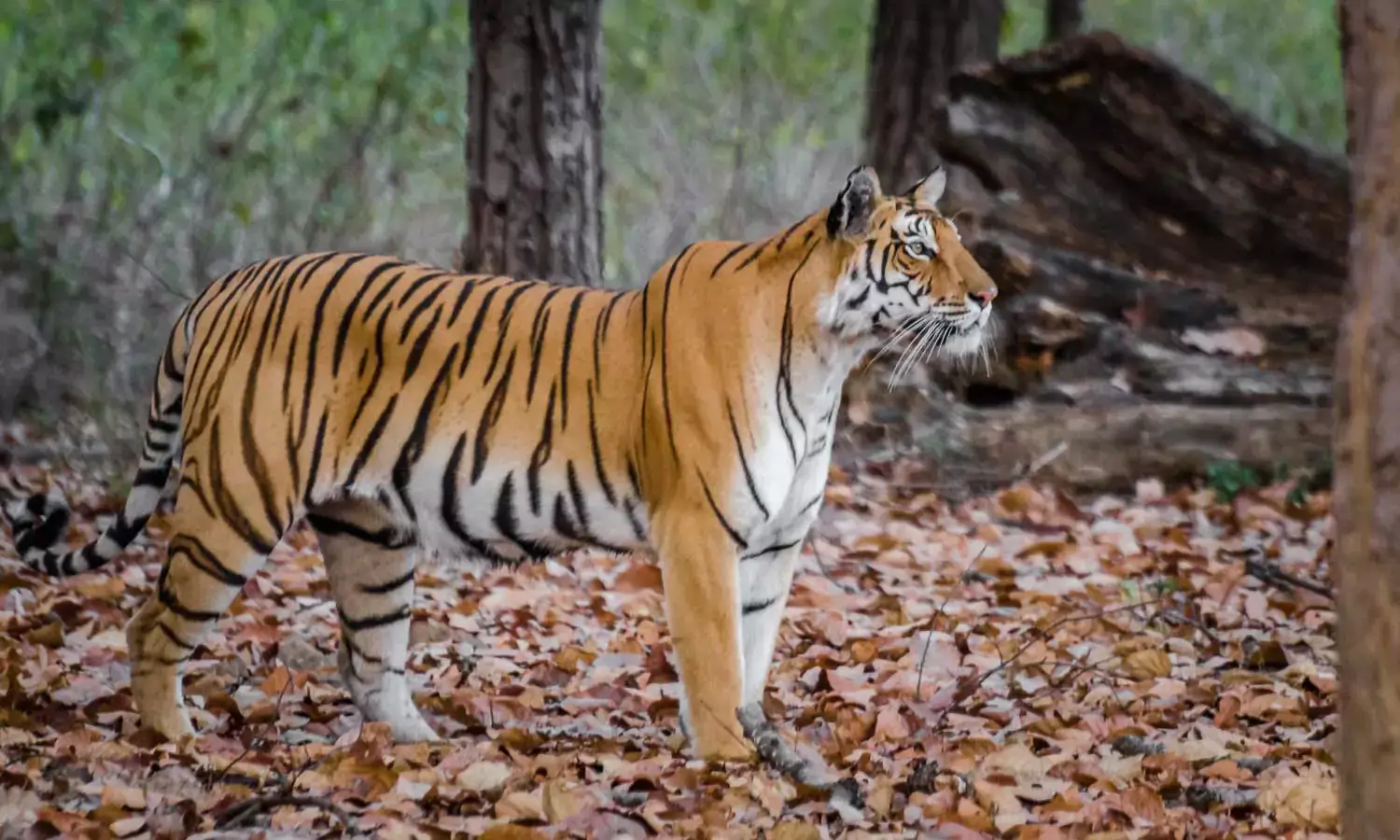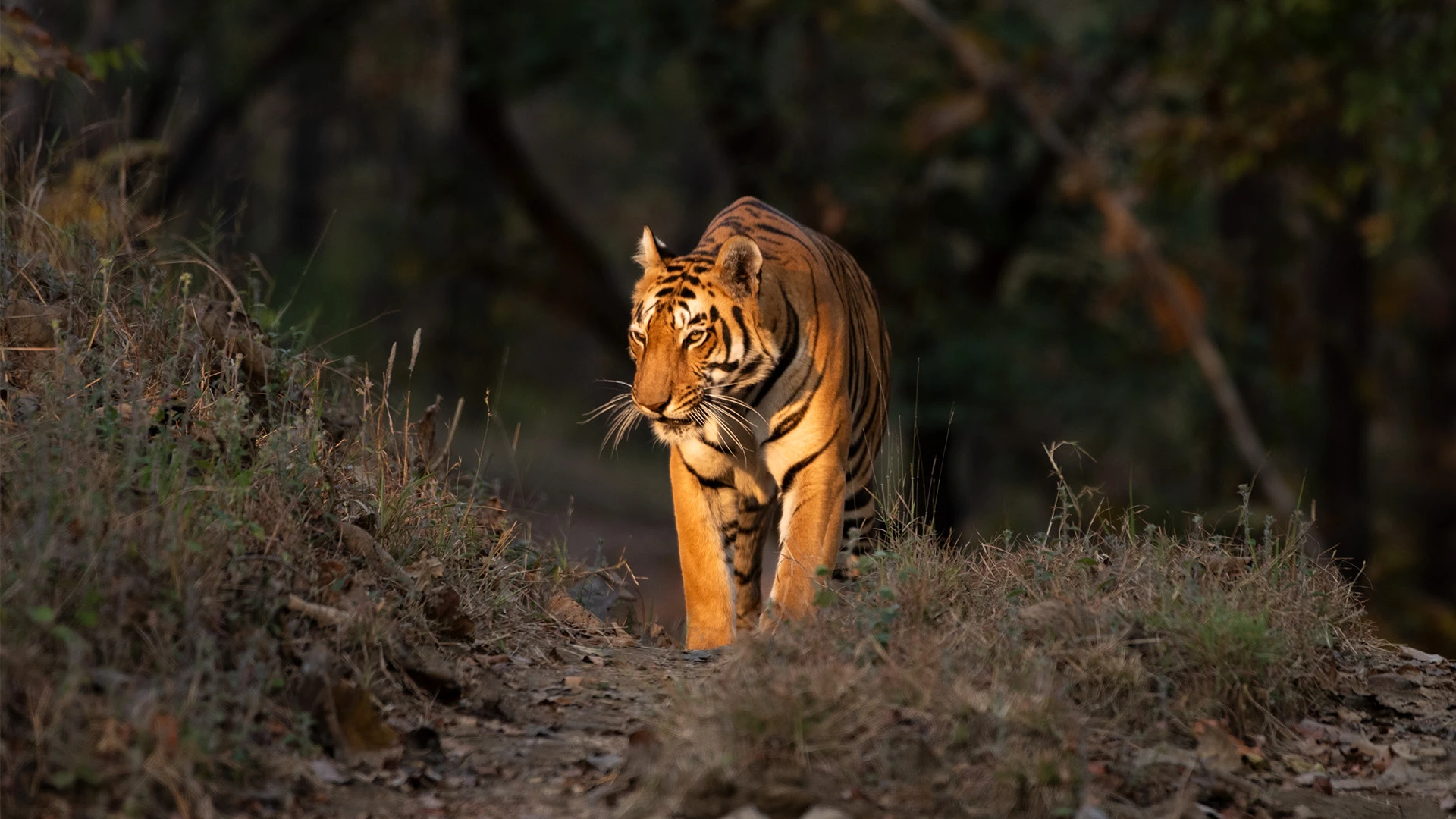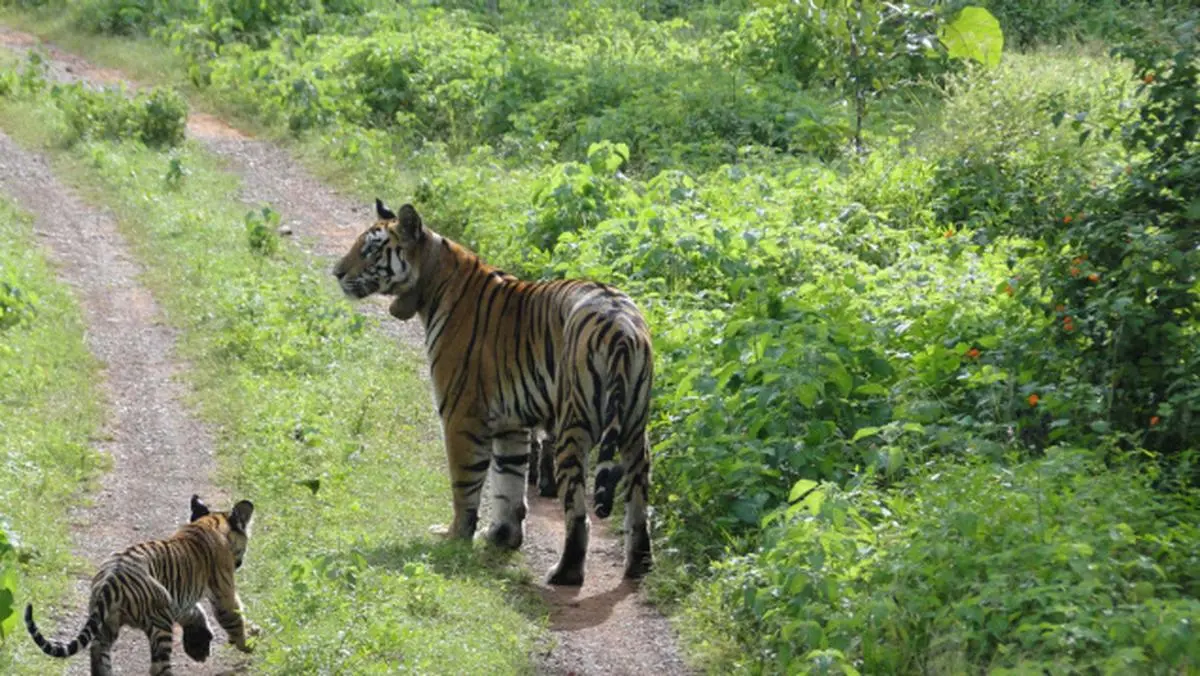The tiger, one of the most iconic and endangered species in India, faces a constant threat of extinction. Conservation efforts across the country aim to preserve these majestic animals and their habitats, ensuring their survival for future generations. Tiger conservation in India is critical not just for the species, but for maintaining the health of entire ecosystems.
The Importance of Tiger Conservation in India

At the turn of the 20th century, the wild tiger population in India was in the thousands. However, over the years, this number has dwindled dramatically. The Wildlife Institute of India, in collaboration with several NGOs and tiger reserves, regularly conducts surveys to assess the population and health of tigers in India. As apex predators, tigers play a vital role in balancing the food chain, keeping herbivore populations in check and maintaining healthy vegetation. If tigers were to disappear, the ecological balance would be severely disrupted, impacting many other species and the environment as a whole.
How Tigers Help the Environment

Tigers are not just crucial for their own species’ survival; they play an integral role in preserving the environment. As apex predators, they regulate prey populations, which in turn helps maintain healthy plant life and ecosystems. The loss of tigers would signify the collapse of the entire food chain, leading to ecological degradation. The protection of tigers and their habitats is essential for preserving forests, ensuring clean water, fresh air, and stable temperatures—critical elements for human and wildlife survival.
The range of tigers has already declined by 95%, leaving them isolated in fragmented forests across Asia. This habitat is under constant threat from unsustainable agricultural expansion and urbanization, which further threatens the survival of the species. To counter this, India has established tiger reserves that provide safe havens for tigers, helping to protect and restore their populations for generations to come.
Ethical Tourism: Traveling Responsibly

Many travelers are unaware of the environmental impact their visits have, especially when they flock to popular tourist destinations. Ethical tourism focuses on minimizing the negative impact of tourism on the planet, including the carbon footprint left by vehicles, the depletion of resources, and waste accumulation. Traveling responsibly is about ensuring that tourism does not harm local ecosystems or communities but instead contributes to their preservation and well-being.
If you’re planning to visit a tiger reserve, choose a responsible organization like Oyepedia Travel LLP, which places emphasis on sustainable tourism practices. Always respect nature by reducing resource consumption, recycling, and ensuring waste is disposed of properly. Avoid disturbing wildlife or the local flora, especially protected species like tigers.
Top Tiger Reserves in India to Visit
India is home to nearly 75% of the world’s tiger population, making it a must-visit destination for wildlife enthusiasts. Here are some of the most renowned tiger reserves in the country:
– Bandhavgarh National Park, Madhya Pradesh
Bandhavgarh is home to a thriving tiger population, with over 100 tigers in its lush landscape. Visitors can also spot other species like leopards and deer, making it a must-see for nature lovers.
– Ranthambore National Park, Rajasthan

Located near urban areas, Ranthambore offers a unique experience where tigers roam freely. The park also offers special safari packages for an exciting exploration of the wild.
– Jim Corbett National Park, Uttarakhand
As India’s oldest national park, Jim Corbett is one of the best places to see tigers in their natural habitat. Situated in the beautiful Nainital hills, Corbett is a popular destination for wildlife enthusiasts. The Dhikala forest lodge is an iconic spot, providing an excellent chance to spot tigers and other wildlife.
When planning your visit to one of India’s tiger reserves, ensure that you book your trip with a reputable organization like Oyepedia Travel LLP, which emphasizes responsible tourism and conservation efforts.
The Journey of Sharad Vats and His Conservation Efforts

Sharad Vats, the founder of Oyepedia Travel LLP, has been passionate about wildlife conservation for over 30 years. His journey began in 1990, when he saw his first tiger while on holiday. This encounter sparked his deep commitment to the preservation of tigers. Over the years, Sharad has built his expertise as a wildlife photographer and entrepreneur, using his knowledge to support tiger conservation through sustainable tourism.
In 2006, he founded one of India’s top jungle lodges in Kanha National Park, offering visitors the chance to experience wildlife up close while contributing to conservation efforts. Sharad’s company, Nature Safari India Pvt Ltd, operates with a focus on “Conservation through Tourism,” aligning with the mission of repopulating India’s forests with tigers. His experiences in the wild have also inspired him to write a book on leadership and management skills learned from observing the tiger.

